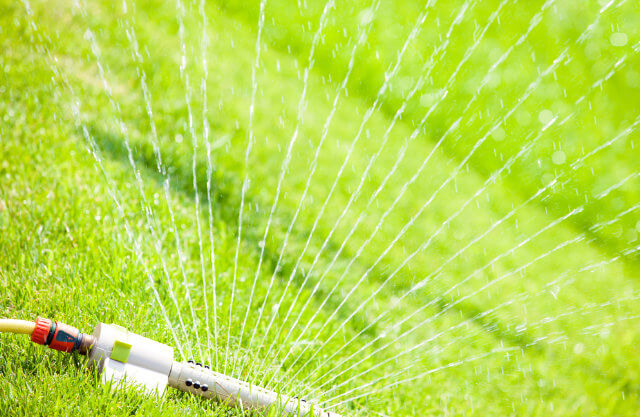CALL FOR A FREE ESTIMATE
Your Turf Management Professionals
CALL FOR A FREE ESTIMATE
Your Turf Management Professionals

Any questions regarding your lawn, please do not hesitate to call us!
A company representative will contact you as soon as possible, which is normally within 24 hours.

Monday - Friday : 8:00 am - 5:00 pm
7407 Arrowhead, Sioux Falls, SD, 57110

Monday - Friday : 8:00 am - 5:00 pm
7407 Arrowhead, Sioux Falls, SD, 57110
Did you know that a well-groomed lawn can increase your property value by 10-15%? Going strong for more than 30 years we provide an array of services that will keep your outdoor environment healthy and inviting.